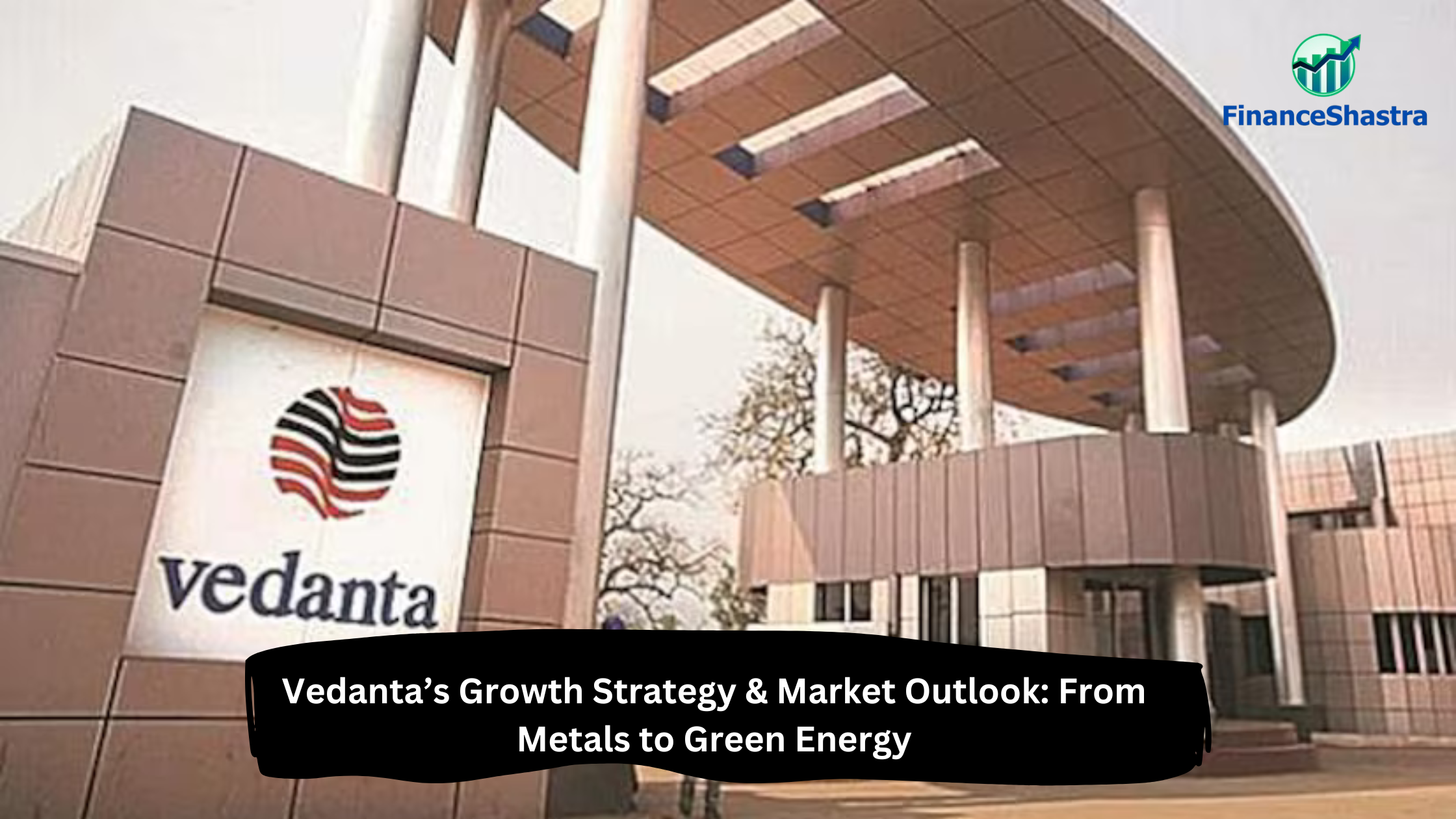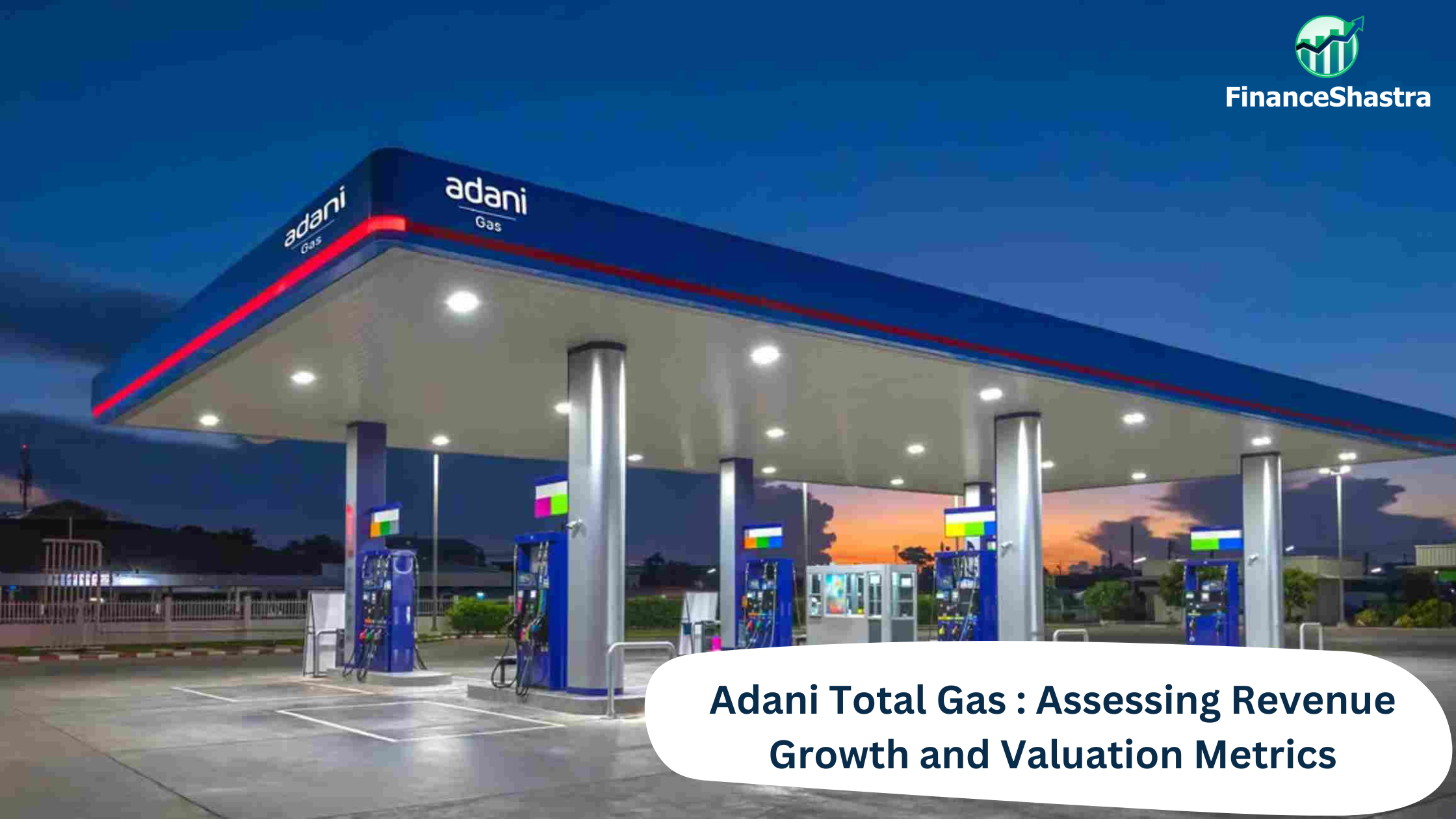Vedanta’s Growth Strategy & Market Outlook: From Metals to Green Energy
Business and Industry Overview:
Vedanta Ltd. is a big company from India. It works with natural resources. It does many types of work. It finds, takes out, and processes minerals and oil & gas. It sells these products in India and other countries. It makes and sells many materials. These are zinc, lead, silver, copper, aluminium, iron ore, and oil & gas. These are used in buildings, machines, transport, and electronic items. These things are important for daily life and India’s growth. Vedanta also has other businesses. It makes electricity in big power plants. It makes steel in India. It runs ports in India. It also makes glass parts in South Korea and Taiwan. These glass parts are used in TVs, phones, and computers. It works in many countries. It is in India, South Africa, Namibia, Ireland, Liberia, and the UAE. Most of the company’s money comes from India. About 65% of the total money comes from India. Malaysia gives 9%, China gives 3%, UAE gives 1%, and other countries give 22%. Vedanta also makes oil and gas. These are used for fuel and energy. It makes electricity for factories and big businesses. These help machines work and vehicles run. Vedanta uses new machines and smart ideas. This helps the company work faster and better. It also helps reduce waste. This saves money. The company earns more profit this way. Vedanta follows good rules. It wants to be fair and honest in business. It wants to treat people well. But the company has a big problem. It has taken a lot of loans. This means it has a lot of debt. This is not good. It can create trouble for the future. To fix this, Vedanta has a plan. It wants to break into smaller companies. Each small company will handle one type of business. One company will do aluminium. One will do oil and gas. One will do power. This will help each company grow better. It will also bring new investors. Vedanta also wants to protect nature. It is working on green energy. This includes solar power and wind power. These do not cause pollution. Vedanta wants to stop pollution. It wants to become net-zero by 2050. This means it will not add bad gases to the air. Vedanta is very important for India. It gives raw materials to many industries. These industries make products, build things, and create jobs. Vedanta helps India grow. It helps India become strong and self-reliant.
Latest Stock News:
In the fourth quarter of FY25, Vedanta did well in metals but not in oil and gas. The company made more aluminium, zinc, iron ore, and steel. But it produced less oil and gas. Aluminium production was 6,03,000 tonnes. This was 1% more than the same time last year. It is a small increase but still good. In the Zinc India division, Vedanta made 3,100,000 tonnes of mined metal. This was 4% more than last year. This happened because the metal in the mines was of better quality, and the machines worked better. In the Zinc International division, Vedanta made 50,000 tonnes of mined metal. This was a big increase of 52% from last year. This shows good growth in other countries too. But oil and gas production is less, which is not a good sign. So, metal production went up, but oil and gas went down. Here is the same explanation in easier English, with small and simple sentences, and no complex words or sentences, while keeping all the important details:
Vedanta’s chairman, Anil Agarwal, said that India is behind China in shipping. He said that China has more than 5,000 big ships. But India has less than 500 ships. These ships are used to carry goods for trade. This is a very big difference. He also said that China controls most of the world’s sea trade. About 98% of the world’s trade ships are owned by Chinese companies or are made in China. This means that China is very strong in global shipping. Anil Agarwal said that India is surrounded by the sea on three sides. India also has a rich history in sea trade. But now, India is only number 16 in the world for shipping power. India wants to improve. India wants to be in the top 10 shipbuilding countries by 2030. India’s ports are important. They handle 95% of trade by volume and 70% by value. In the year 2024, Indian ports moved 819.22 million tonnes of goods. This is 4.45% more than last year. Anil Agarwal said that India must do better. He said that the government and private companies should work together. Everyone should help. He used a shipping phrase — “all hands on deck.” This means everyone must join and support. He said India should become strong in shipping and not depend too much on China.
Potentials:
Vedanta has many plans for the future. It wants to grow. It also wants to reduce its loans. Vedanta will break into smaller companies. Each small company will do one type of work. One company will do aluminium. One will do oil and gas. Others will do power, steel, or mining. This will help each company grow better. It will also help Vedanta get more money from investors. Vedanta also wants to use green energy. It will use solar and wind energy. These are clean energy sources. The company wants to stop pollution. Vedanta wants to become net-zero by 2050. This means it will not add dirty gas to the air. The company will also use better machines and smart tools. This will save money and energy. Vedanta will also put money in technology. It will invest $500 million in AvanStrate Inc. This company makes display glass. Display glass is used in phones, TVs, laptops, and car screens. Vedanta owns 98% of AvanStrate. This money will help AvanStrate grow. It will also help the company make better glass. The company will do more research. It will make new glass for many uses. These include chips (semiconductors), car screens, biotech tools, and other products.
AvanStrate works in Taiwan, South Korea, and Japan. It wants to work with new partners. These partners will help make better glass. Vedanta says this will help it grow in future areas. These areas are energy, technology, and special materials. Vedanta also wants to use automation and clean methods. It wants to be good to people and nature. It wants to follow clean and fair business rules. AvanStrate’s head is Akarsh Hebbar. He said the company will become a top name in display glass. The market for this glass is $42 billion now. It may grow to $60 billion by 2030. Vedanta says AvanStrate is ready to meet this demand. It will be an important part of the world market.
In short, Vedanta wants to grow in metals, green energy, and technology. It is taking many steps for a strong and clean future.
Analyst Insights:
- Market capitalisation: ₹ 1,56,983 Cr.
- Current Price: ₹ 401
- 52-Week High/Low: ₹ 527 / 317
- P/E Ratio: 13.2
- Dividend Yield: 10.8%
- Return on Capital Employed (ROCE): 20.9%
- Return on Equity (ROE): 10.5%
Vedanta Ltd is a big Indian company. It works in many areas. It makes metals, oil and gas, power, and also runs ports. It makes aluminium, copper, zinc, silver, iron, and steel. These are raw materials. Many industries use them. For example, aluminium is used in cars and kitchen items. Copper is used in wires. Zinc is used to stop rust. Oil and gas are used for fuel and energy. Most of the company’s money comes from aluminium. It gives 38% of the total money. After that, zinc and oil & gas give the next highest income. Vedanta works mainly in India. But it also works in South Africa, UAE, Taiwan, and Namibia. This helps the company earn money from many places. Vedanta gives high dividends. This means it gives money to people who invest in the company. It earns good profit. It is strong in the mining and metal market. Many investors like this company. But there are some problems. Vedanta has a lot of debt. It has taken out big loans. Its parent group also has loans. The promoter group has pledged 100% shares. This means they used their shares to get money. This is risky. Also, the promoter’s share is going down. This may be a worry for some people. In short, Vedanta is a strong company. It gives good profit and money to investors. But it also has some risks like high debt and pledged shares. Investors should think about both good and bad points.




